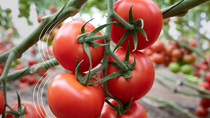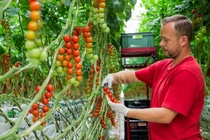Solutions
Sometimes you can have it all: Security, Performance & Innovation
At BASF | Nunhems, we provide the essential traits that lead to success: disease resistance, high yield, and exceptional flavor. We help growers achieve secure and profitable yields in an efficient manner for all growing conditions and every market.
We believe tomato growers shouldn’t have to choose between security and performance. That’s why our next-generation ToBRFV-resistant varieties and rootstocks are designed to deliver strong protection, high yields, and outstanding quality – all in one package.
With our proven rootstocks and a growing portfolio of resistant hybrids, we’re setting new standards in crop security, ensuring your plants stay resilient in any growing environment. But we don’t stop at disease resistance. Our innovative breeding approach maximizes yield, enhances fruit quality, and ensures shelf life, so you can meet the increasing demands of the market without compromise.
Our offering
For our round and cluster varieties, we focus on yield, vigor, fruit weight, firmness and shelf life as key traits. We focus on taste, yield and appearance for our cherry types, both round and plum. Five to eight new resistant hybrids will be launched in 2025. Amongst the new launches are varieties for rootstock, cherries, Pink, Cluster, and round types, adding to our portfolio of over 30 ToBRFV-resistant varieties.
All in all, we offer over 200 tomato varieties, including top sellers:
- Vitalion in cherry for high-tech
- Ronvine in cluster for high-tech
- Azovian and Strongston in the saladette segment
- Cabosur, Tobriva and Caboluna and Redguard for cluster tomatoes
- Seyran in round spring-summer segment in Turkey
- Almerink for Pink Europe
- Mohikan for winter Single harvest
And newcomers for mid-tech productions like
- Starsafe in cluster long cycle tomatoes in Turkey
- Beires for cluster
- Miravian for saladette export
- Daivion for cherry round cluster harvest
- Avrion for cherry plum single harvest
- Siurion for cherry plum single harvest
- Dreampower for rootstock tomato
- XIdejia and Xiderui for China Pink Autumn-Spring segment single harvest
- Palmeo for round segment for Spain and Marocco
- Starvine in cluster segment for high tech
- Marvellion in cocktail for high-tech
- Culturion in cherry for high-tech
- Showvine in cluster for high-tech
- NUN 09399 in Intense saladette for high-tech
- Nun 6226 for Intense Mid Tech
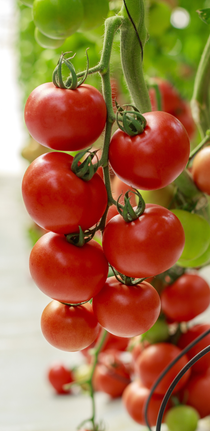
Tobriva - Cluster tomatoes
Tech sheets
Customers about BASF | Nunhems:
Our experts about the battle against Rugose:
Get in touch with us
Please leave your contact details below our get in touch with our experts if you are interested in learning more about our offerings.
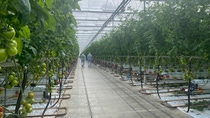
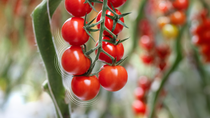
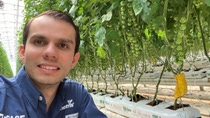

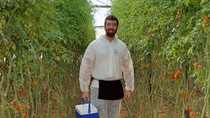
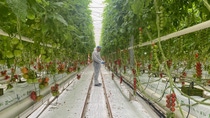
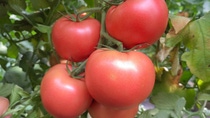.jpg)

